In this short guide, we go through different bicycle budgets. Have you yet thought about how much you are willing to pay for your bike yourself?
First and foremost, it's good to realize that you can spend as much money on cycling as your heart desires. When getting your first good bike, the price tags can indeed cause a slight sense of distress. 💸
In the world of cycling, factors that determine the price are the bike's weight, durability, quality of materials and parts, and features that increase comfort and safety. By paying less, you inevitably compromise on one or more of these aspects. Here is a short guide to the different price categories.
BIKES UNDER €500
If you are completely new to cycling, the lowest price category may seem like the only reasonable option: why would anyone pay several hundreds, or let alone thousands for a bike when you can get a basic used bicycle for a hundred? 🤷
Starting cycling with an inexpensive bike is completely okay if your budget is tight and you're not sure yet how much use you will have for the bike. In this price range, you can find options such as the Finnish national bike, Jopo, which handles light and easy trips very conveniently.
The cheapest bikes, however, compromise on each of the features mentioned above. Inexpensive bikes are heavy, so they have a harder time moving. Also the materials and parts do not withstand wear and tear particularly well. In addition these budget bikes have limited gears and inferior tires and brakes, which reduces the joy of cycling and compromises safety.
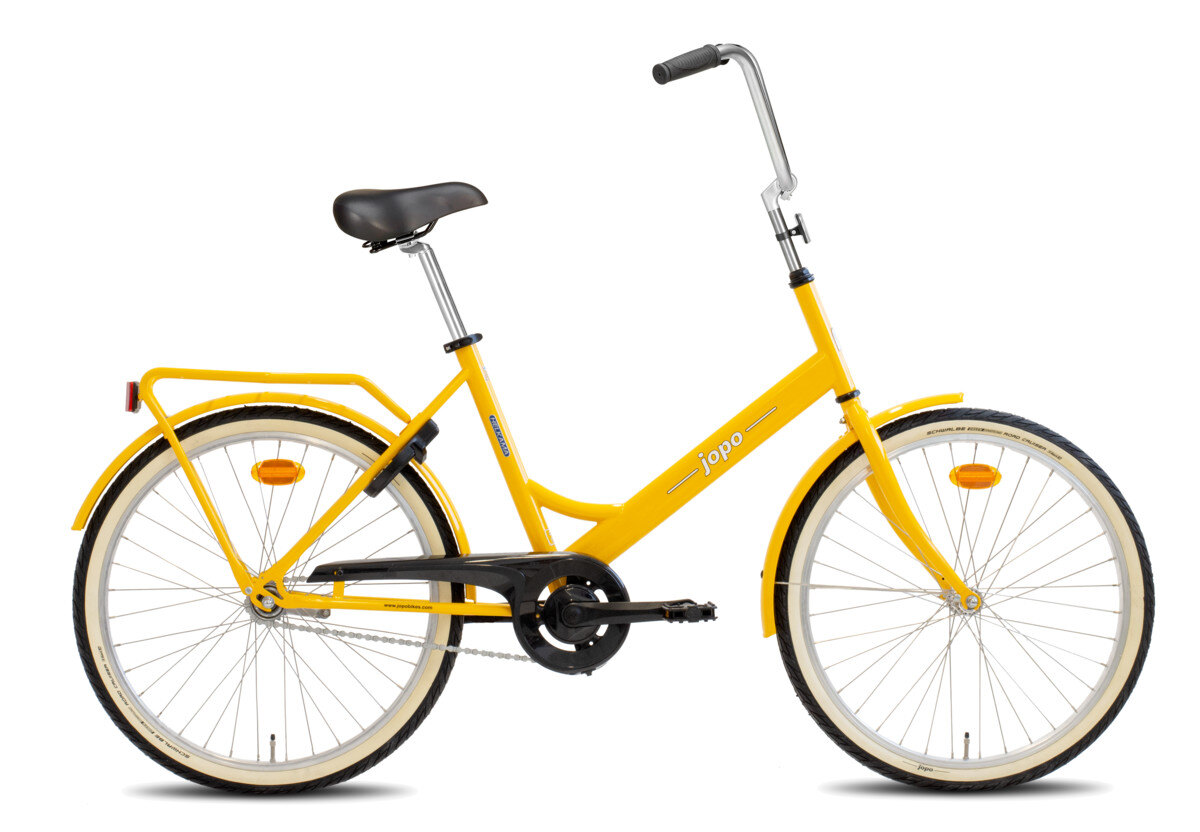
BICYCLES COSTING €500-1,000
If you're looking for anything other than a very basic city bike for occasional rides, it's worth directing your gaze to at least the over €500 price range. In this price range, you can find quite decent hybrid bikes and even mountain bikes for someone starting out in cycling.
By investing approximately €800-1,000 in a bicycle, you get more features and a slightly better set of parts. The quality of the wearable parts of the bike takes a step forward, which means the operational reliability and durability of the bike improves.
A larger investment is softened by the employee bicycle benefit, which allows you to pay for the bike monthly as part of your salary. Simply put, the higher the purchase price of the bike, the more advantageous the benefit bike is.
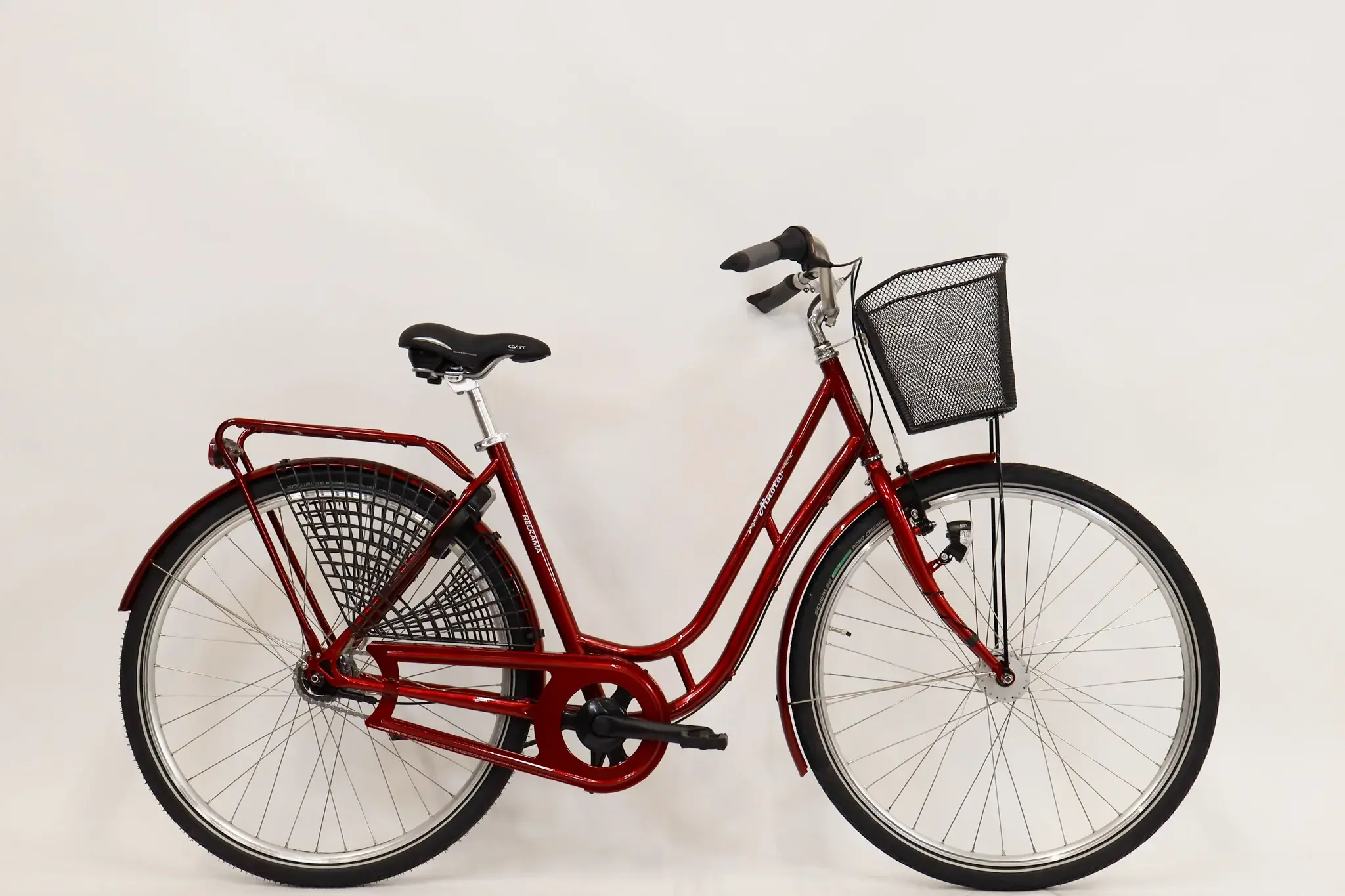
BICYCLES COSTING €1,000-2,000
Bikes costing more than a grand can already be considered as seriously taken hobby bikes, but don't be mistaken for thinking that these are only for the ‘die hard cyclists’. For example, if you are looking for a bike for daily use and your purse strings allow, you should be looking in this price range. €1,000 is a good minimum price for a road- or a mountain bike if you plan to make cycling a hobby for yourself.
When you pay €1,000-2,000 for a bike, you already have a very good bike that can be used to travel smoothly on the road, off-road, in the city, or even all of these. In recent years, due to its versatility, the gravel bike has gained particular popularity, which is a combination of the speed of a road bike and the performance required on uneven terrain.
This price range is for you if you know that you'll be cycling regularly, whether it's for leisure or commuting. Especially bikes priced over €1,500 start to offer features that satisfy even the more serious cyclists.
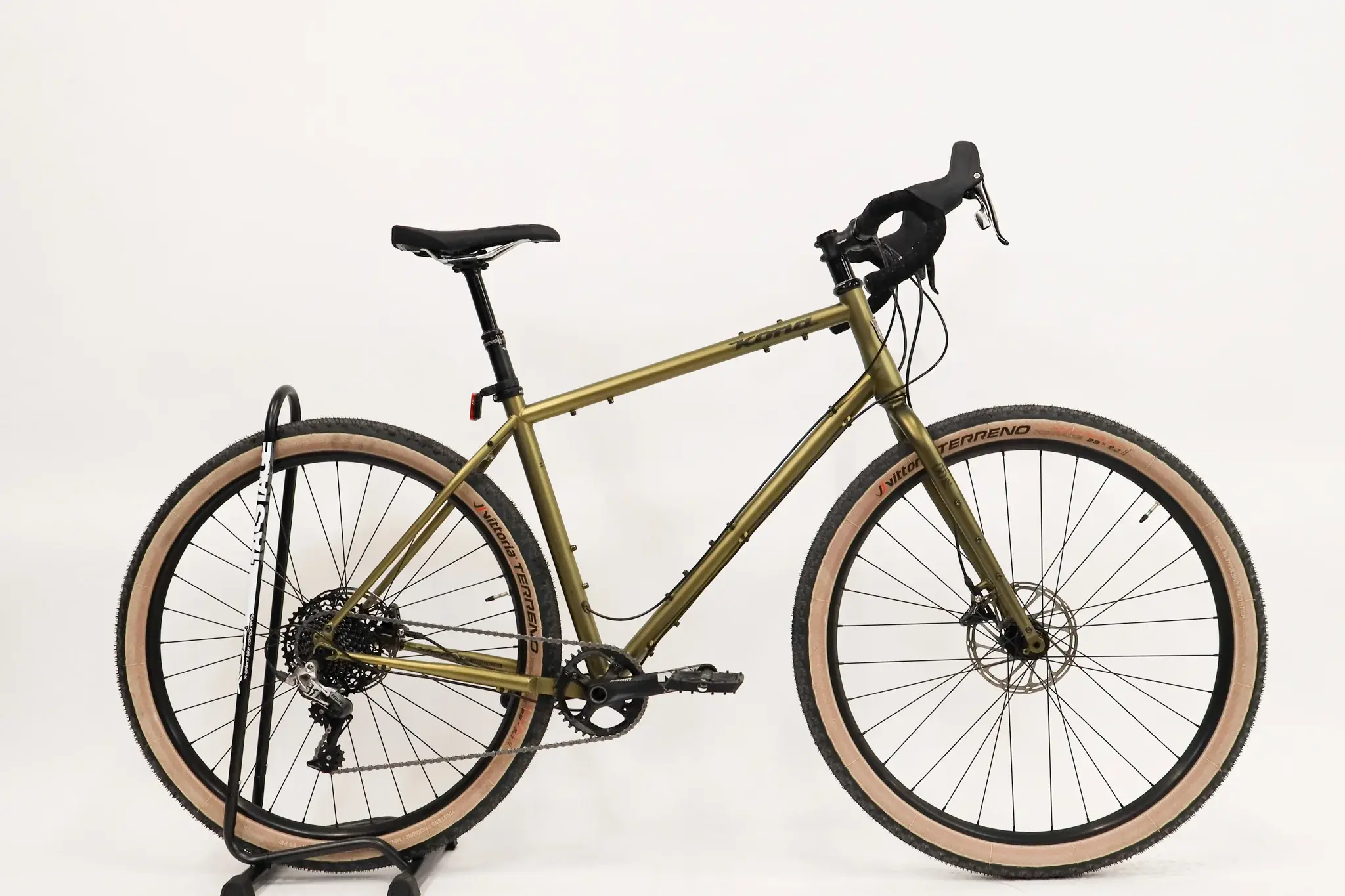
BICYCLES COSTING €2,000-4,000
The lower limit for the price of electric bikes is around €2,000. It is possible to find a new electric bike even below that, but you should treat it with caution unless it's a bike purchased out of season (e.g. in winter). In the off-season many bike shops have plenty of bikes on sale, and during such times it is possible to get a good city electric bike even for less than two thousand euros!
But mostly, yes, you'll have to shell out a significant amount of money for an electric bike – up to €4,000 and beyond. The reason for this is the battery technology, other added electrification, and the requirements for the bike's materials and components. On the other hand, you can think of it as paying for the bike to pedal part of the journey for you.
Did you know that the average benefit bike price in Finland is roughly 3300 €? Read more: State of Benefit Bikes in Finland 2024 report
If you want to pedal with muscle power and your attitude towards cycling and bikes is still on a healthy footing, you can practically get everything you need from a bicycle in this price range. These bikes are starting to feature more light carbon fiber, high-end parts sets from Shimano and SRAM, full suspension and other nice elements. Some of these features are definitely things that many cyclists can do very well without, but if a more expensive bike doesn't bankrupt you, then why not!
By increasing the budget, you not only get better performance, but also durability: higher-quality sprockets, chains, brake pads and discs, hubs and other wearing parts last significantly longer than cheaper comparisons, which means that the bike's maintenance costs remain under control even with more intensive use.
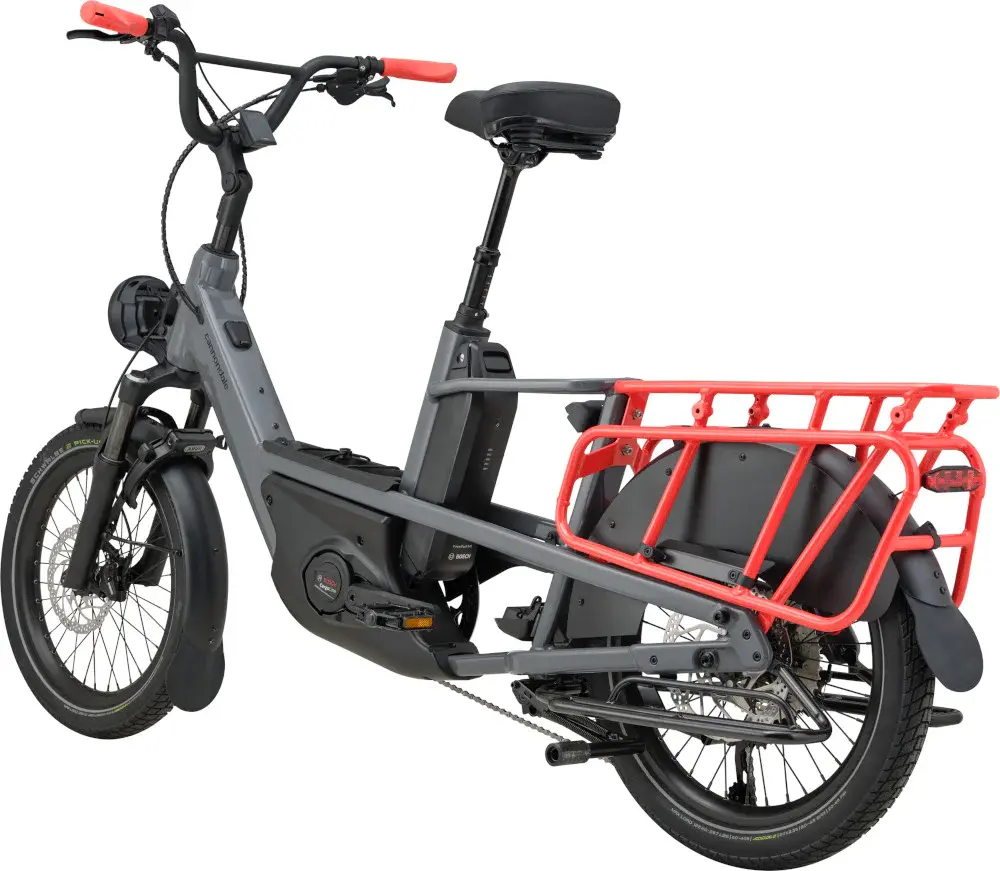
BIKES OVER €4,000
Also known as: the best money can buy. 💰 For the avid cyclist who appreciates high-end equipment, limiting the highest price range to a mere four thousand might be a slight insult, but for a layman, it's not worth bothering with prices much higher than this.
In this bike category, you'll find feather-light road bikes, the silkiest mountain bike full suspensions and the best electric bikes on the market. It's worth noting however, that when it comes to electric mountain bikes, the prices can still easily extend beyond the four-thousand mark, meaning top-quality devices tend to gravitate more towards the "better" side of five to six thousand euros.
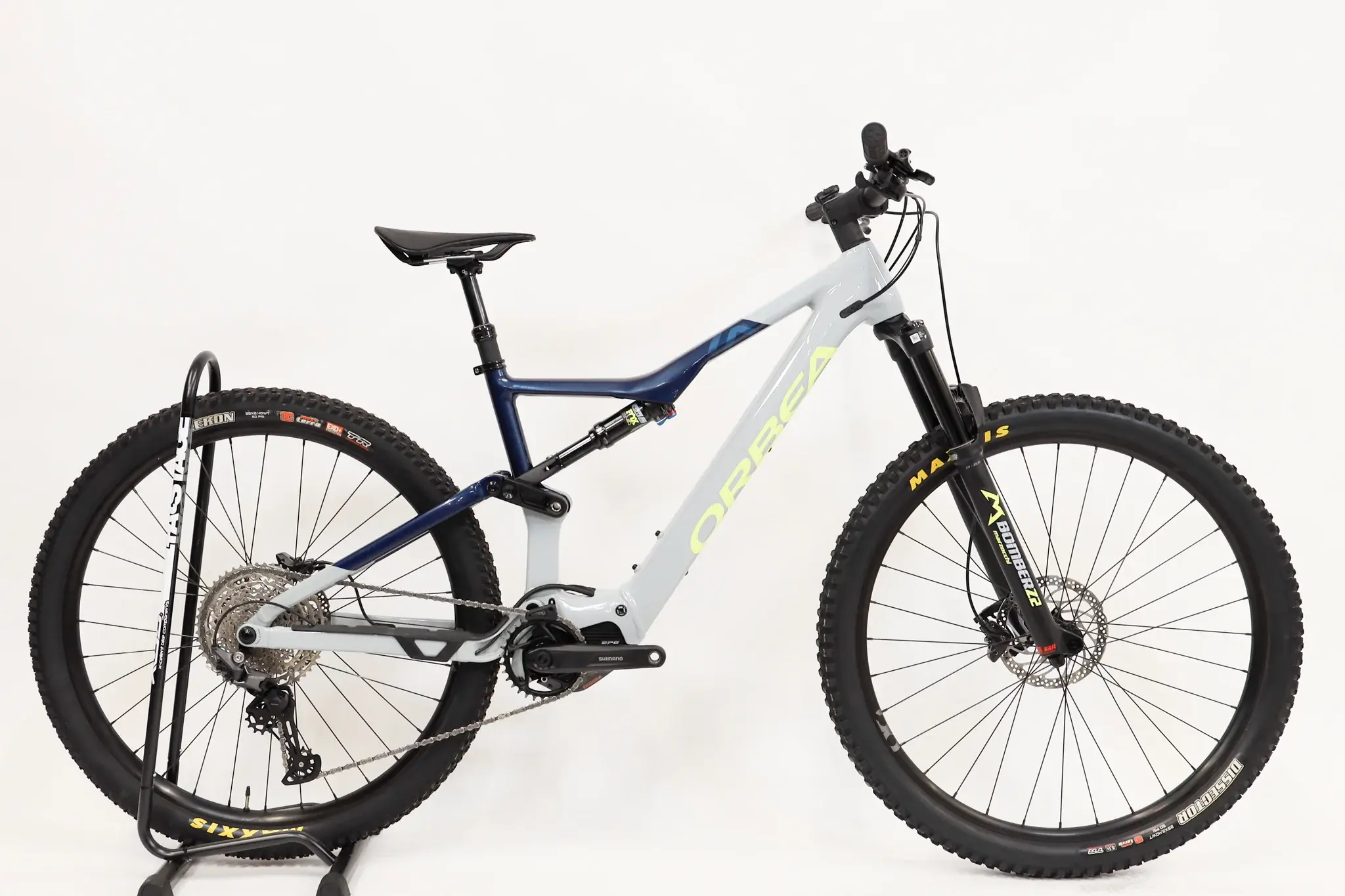
If money is not an obstacle, it's nice to indulge in expensive bikes. But – to be fair – these bikes can be ignored until you start training or racing seriously. Or at least until you have the chance to develop a taste for expensive bikes through the lower price categories. 🤑

